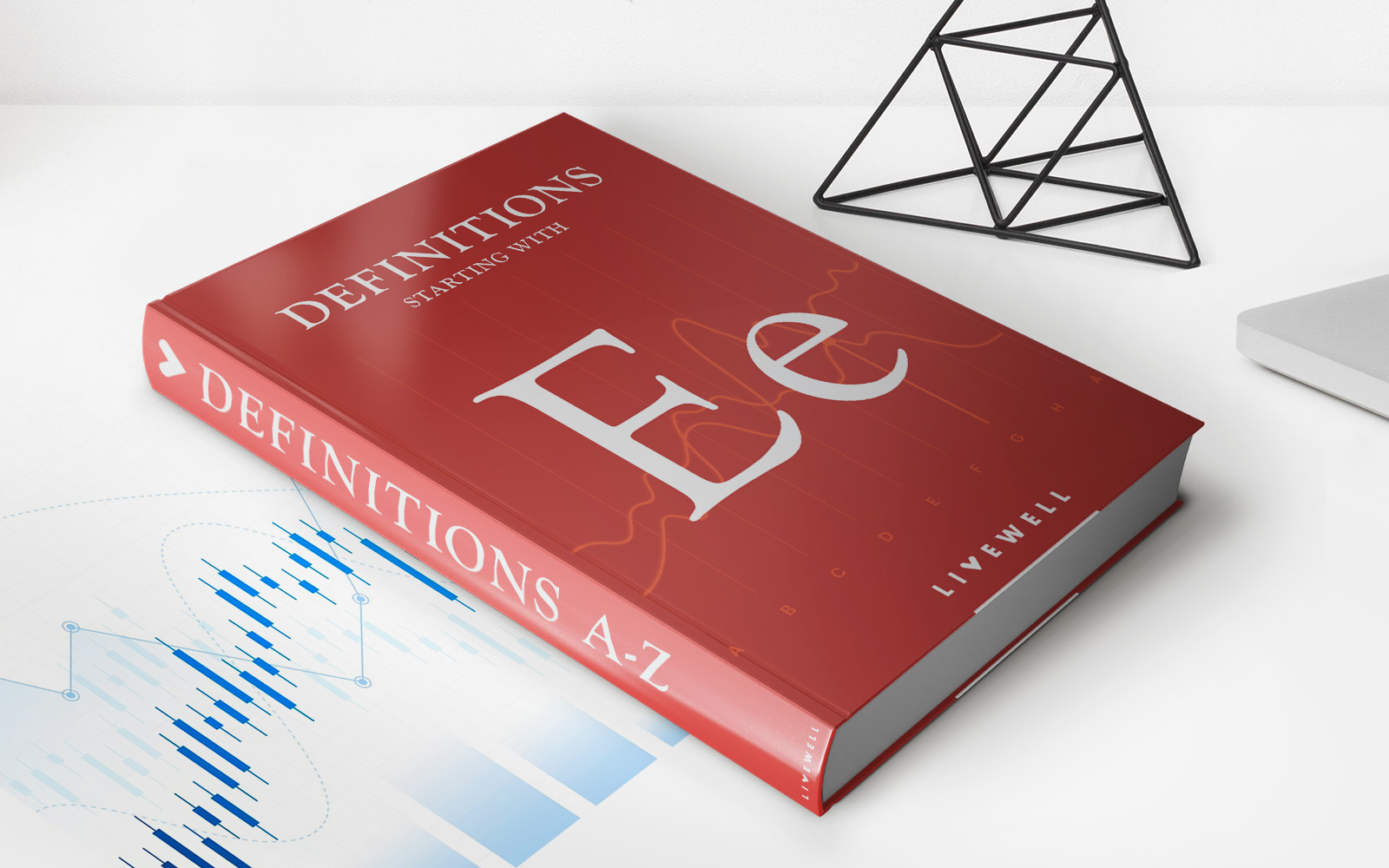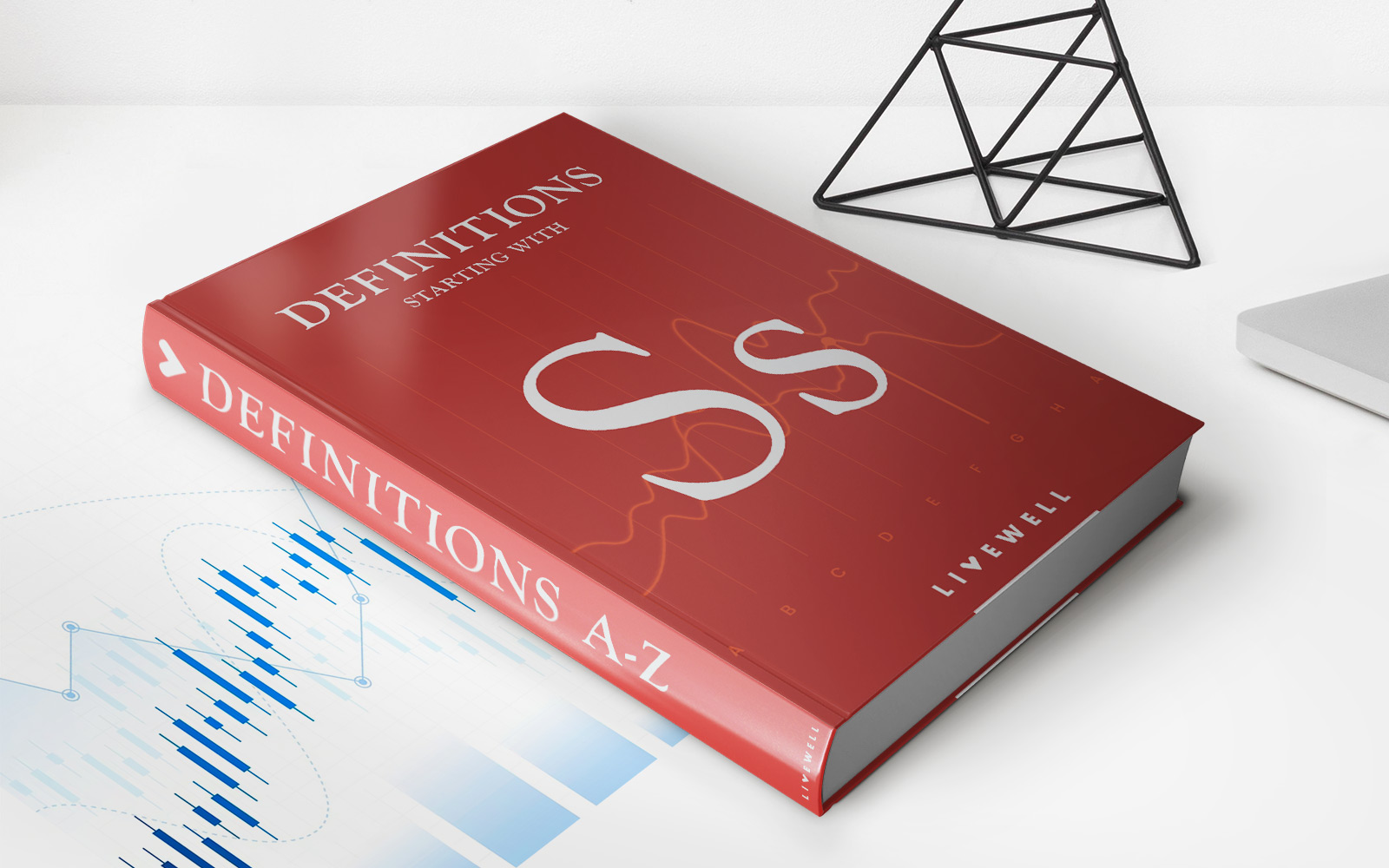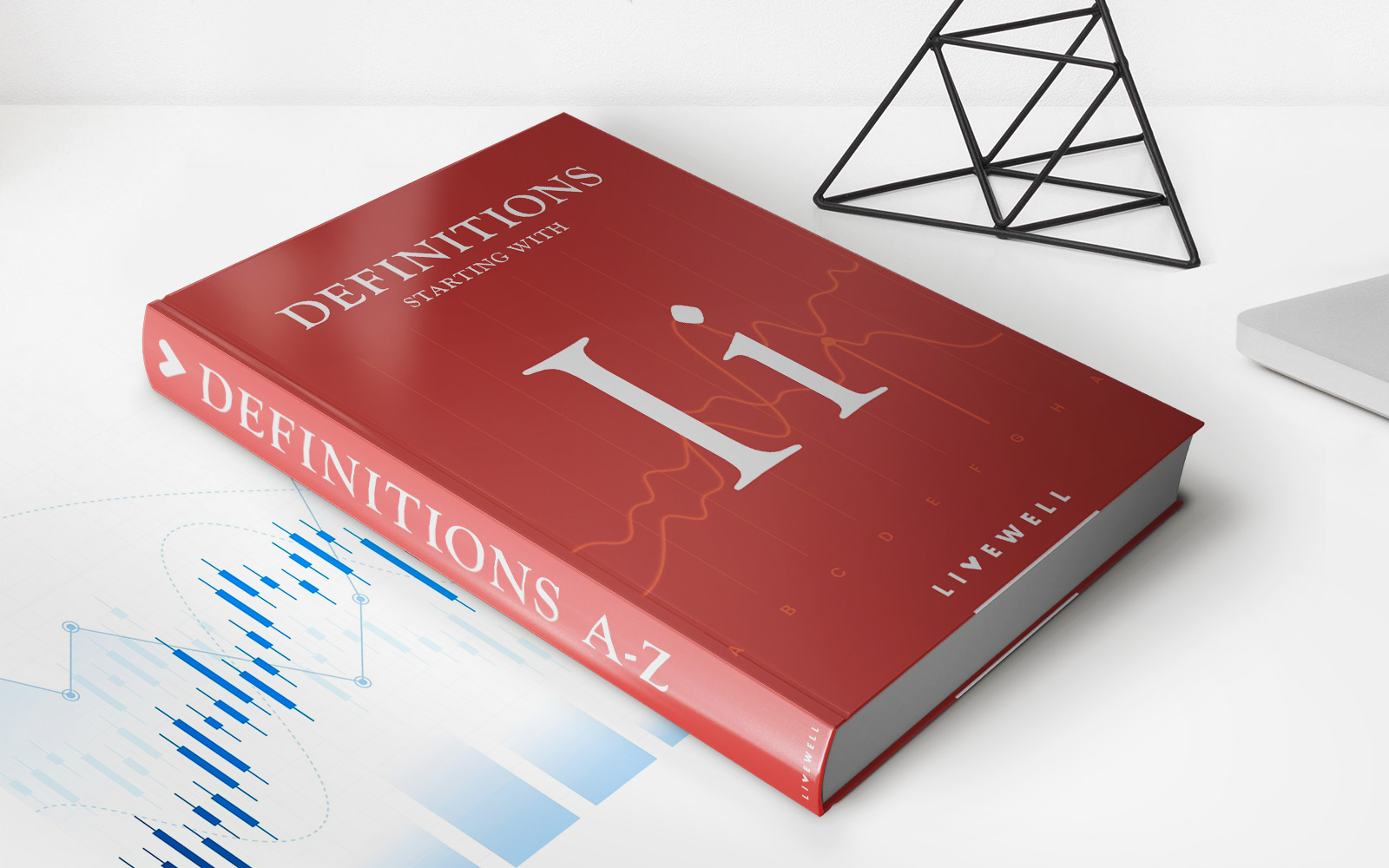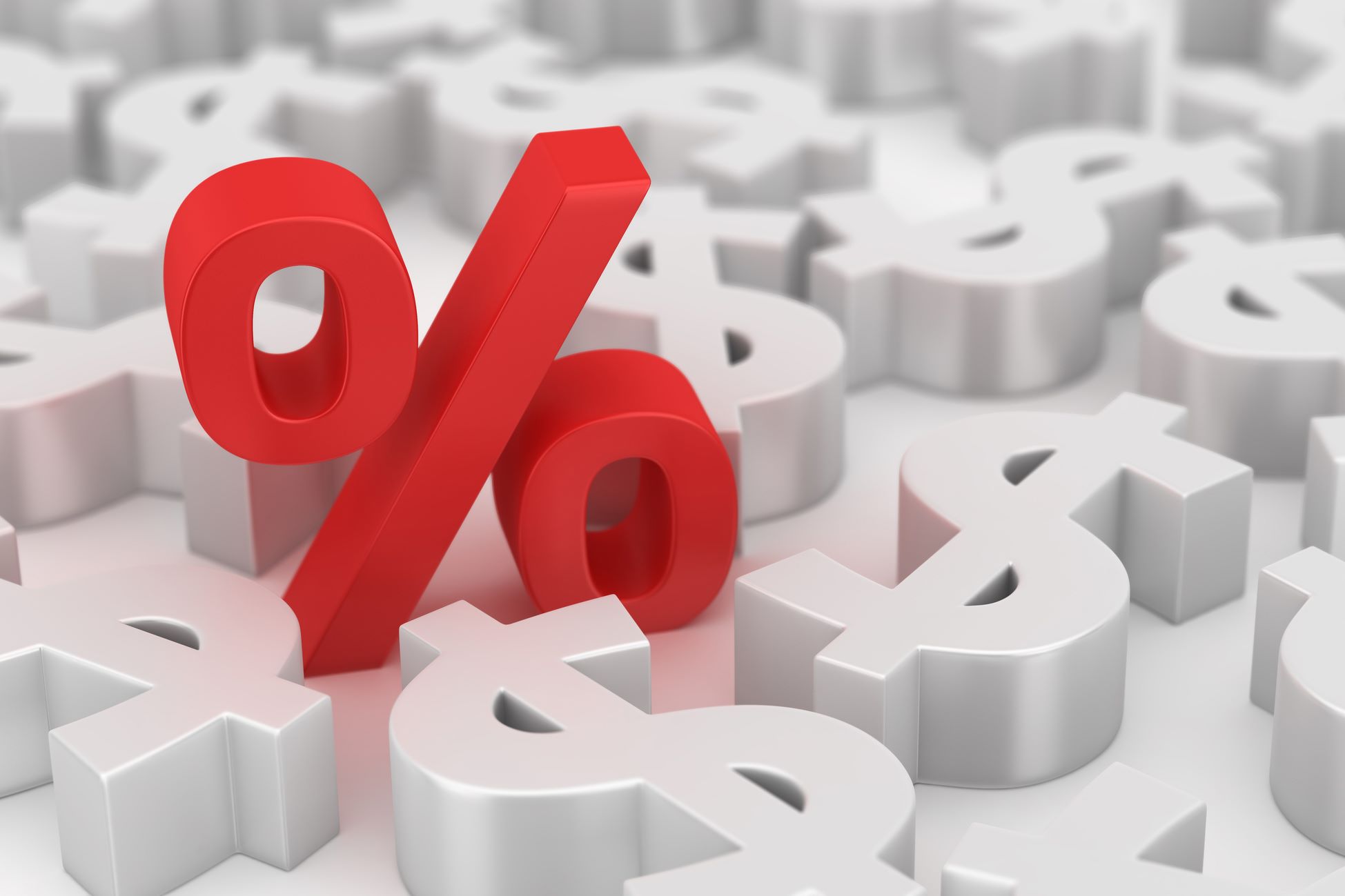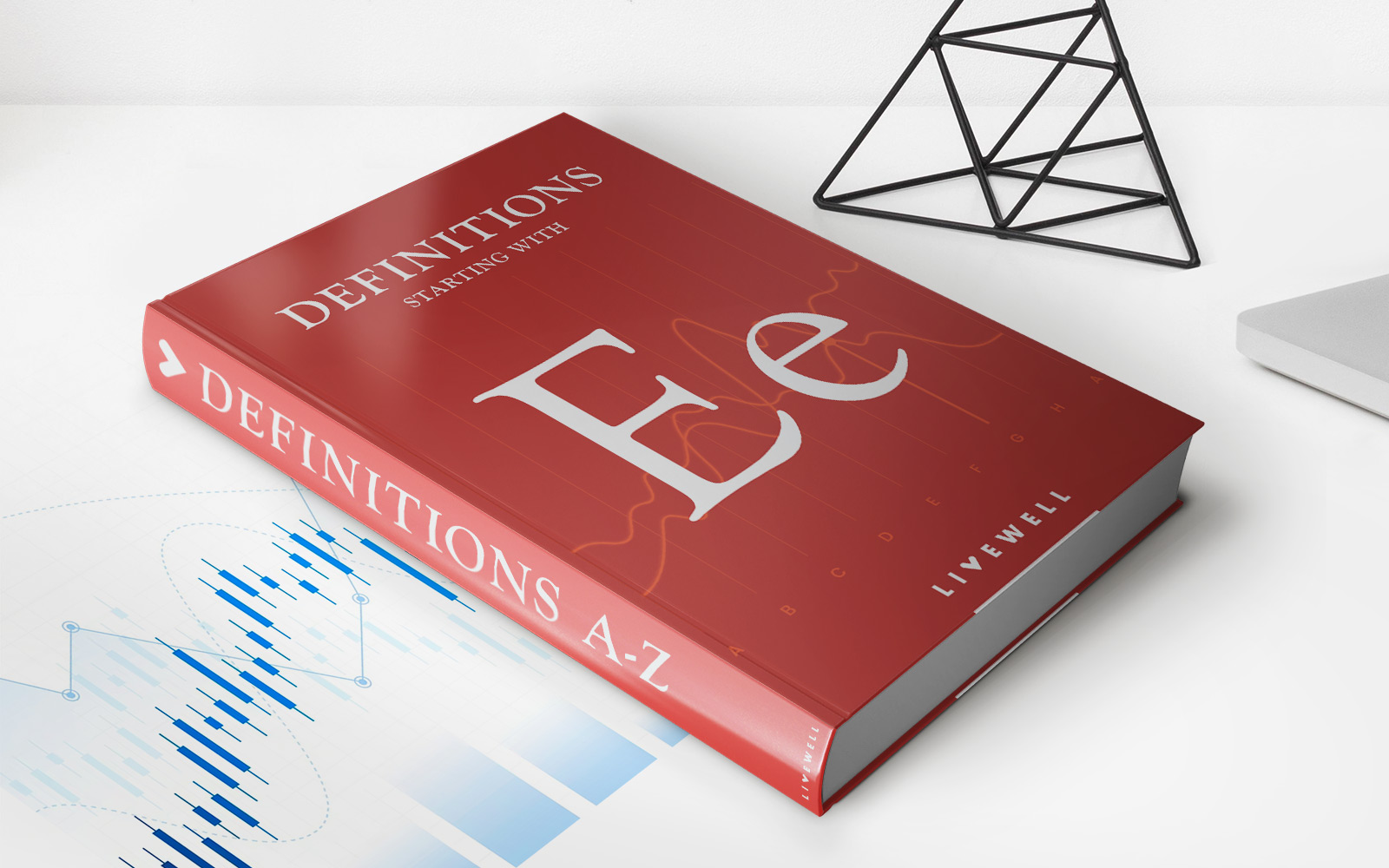

Finance
Equity Swap: Definition, How It Works, Example
Published: November 18, 2023
Looking to understand equity swaps in finance? Learn the definition, how they work, and get an example of an equity swap in this comprehensive guide.
(Many of the links in this article redirect to a specific reviewed product. Your purchase of these products through affiliate links helps to generate commission for LiveWell, at no extra cost. Learn more)
Understanding Equity Swaps: A Powerful Financial Tool
Do you want to diversify your investment portfolio? Are you looking for a way to balance risk and potentially maximize returns? Look no further than equity swaps. In this article, we will delve into the definition of equity swaps, explore how they work, and provide a real-life example to help you grasp this powerful financial tool.
Key Takeaways
- Equity swaps allow participants to exchange the returns and risks of two different financial instruments: the equity and the cash flows.
- These swaps are often used by investors and financial institutions to diversify portfolios, hedge against market movements, or speculate on future prices.
What is an Equity Swap?
An equity swap is a financial agreement between two parties to exchange the returns and risks associated with two different financial instruments: the equity and the cash flows. Essentially, it allows participants to swap the performance of one equity for another, without exchanging the underlying shares.
But how does it work, you may ask?
How Does an Equity Swap Work?
Let’s break it down into simple steps:
- Agreement: Two parties, typically financial institutions or large investors, enter into an equity swap agreement. They agree on the terms, which include the duration of the swap, the notional amount, and the desired outcome.
- Exchange: One party pays the other party a predetermined fee or set of cash flows based on the performance of the agreed-upon equity. This fee or cash flow is usually calculated using a reference rate such as LIBOR (London Interbank Offered Rate).
- Performance: Both parties enjoy the benefits and bear the risks associated with the agreed-upon equity. If the equity’s value increases, the party receiving the cash flows makes a profit, while the other party incurs a loss. The opposite occurs if the equity’s value decreases.
- Closing the Swap: At the end of the swap’s duration, the parties settle the contract. The party that owes a payment settles the difference to the other party based on the final value of the equity and the agreed-upon terms.
An equity swap, in essence, allows investors to gain exposure to the performance of an underlying asset without actually owning it. This can be particularly useful in situations where access to certain markets may be restricted, or when investors desire to diversify their portfolios.
An Example of an Equity Swap
Let’s consider an example to illustrate how an equity swap works:
Suppose Investor A wishes to invest in Company X, but their investment strategy currently focuses on Company Y. On the other hand, Investor B desires exposure to Company Y but wants to maintain their current holdings in Company X. An equity swap can help both parties achieve their objectives:
- Investor A and Investor B enter into an equity swap agreement.
- Investor A receives the dividends and capital gains from Company X, while Investor B receives the dividends and capital gains from Company Y.
- Both parties pay each other the cash flows based on the agreed-upon terms.
- At the end of the swap’s duration, Investor A settles the difference to Investor B based on the final performance of the two equities.
This example highlights how equity swaps can help investors diversify their portfolios and benefit from exposure to different companies or asset classes.
Conclusion
Equity swaps are a valuable financial tool that allows investors to swap the returns and risks associated with different equities and cash flows. They offer an effective way to diversify portfolios, hedge against market movements, or speculate on future prices.
By understanding the definition and workings of equity swaps, you can leverage this powerful financial instrument to enhance your investment strategies and potentially increase your returns.




